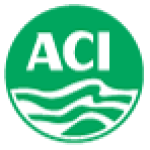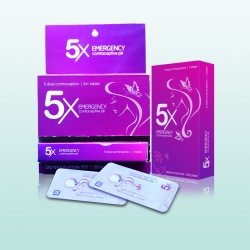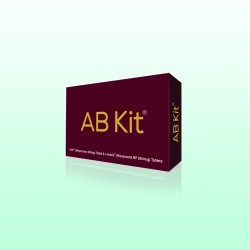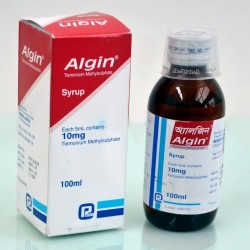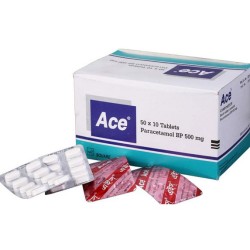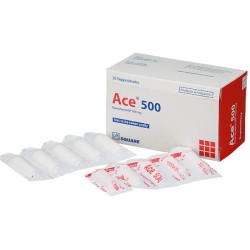Nalid 500mg tablet 10's strip

Nalid 500mg tablet 10's strip
৳ 48.70/=
Ex Tax: ৳ 48.70/=
- Stock: In Stock
- Model: Medi-00207
- Generic: Nalidixic Acid
- Pack Size: Each strip contains 10 tablets of Nalid 500mg
0 items sold
2564 views
Available Options
Indications
Nalidixic acid is indicated in -
- Urinary tract infections caused by susceptible Gram-negative microorganisms, including the majority of Proteus strains, Klebsiella, Enterobacter spp. and E. coli.
- Gastrointestinal infections caused by Salmonella and Shigella.
Therapeutic Class
Anti-diarrhoeal Antimicrobial drugs,
Other Anti-protozoals,
Systemic Urinary Anti- infective
Pharmacology
Nalidixic acid is a synthetic narrow spectrum antibacterial. It is bacteriostatic or bactericidal depending on the concentration. Nalidixic acid appears to act by inhibiting bacterial DNA synthesis, possibly by interfering with DNA polymerization. It is rapidly and completely absorbed from the G.I. Tract. Parent drug and active metabolites are distributed to most tissues specially to the kidney and to the urine.
Dosage
Adults:
- Initial: Oral 1 gm every 6 hours for 7 days reducing to 500 mg every 6 hours.
- Initial: Oral 13.75 mg/kg body weight every six hours for one or two weeks.
- Maintenance: Oral 8.25 mg/kg body weight every six hours or as prescribed by the physician.
Administration
Should be taken with food.
Interaction
Concomitant use of Nalidixic acid with melphalan there have been reports of death froms severe blood containing diarrhoea caused by hemorrhagic ulcerative colitis. Probenecids inhibits tubular secretion of nalidixic acid and may therefore elevate serum concentration, possibly enhancing toxicity. Chlorpromazine and Perphenazine have been shown to potentiate the effect of Nalidixic Acid in vitro.
Contraindications
Nalidixic Acid is contraindicated to known hypersensitivity to Nalidixic acid, history of convulsive disorders and patients with porphyria. Should be used with caution in patients with liver and renal disease. Also in glucose 6 - phosphate dehydrogenase deficiency.
Side Effects
Gastro-intestinal disturbances including nausea, vomiting, diarrhoea, haemolysis in G6PD deficiency, allergic reaction including urticaria, rashes, fever, arthralgia, eosinophilia, also myalgia, muscle weakness, phototoxicity, jaundice, visual disturbances and convulsions.
Pregnancy & Lactation
Pregnancy: There is the possibility that it may cause cartilage damage and as it is a DNA-gyrase inhibitor there is a possibility of causing DNA damage too. Nalidixic acid is excreted in breast milk and there is a report of hemolytic anaemia in a breast feed child of an azotemic mother.
Precautions
General: Should be used with caution in liver disease, epilepsy or severe cerebral arteriosclerosis patients. Periodic blood counts and renal and liver function tests should be performed if treatment is continued for more than 2 weeks. If bacterial resistance emerges, rapid change of drug should be made.
Children: Should not be used to infants less than 3 months of age.
Children: Should not be used to infants less than 3 months of age.
Overdose Effects
Symptoms: Toxic psychosis, convulsions, increased intracranial pressure, metabolic acidosis, vomiting, nausea, lethargy.
Management: Increase fluid admin; supportive measures. Anticonvulsants may be used in severe cases.
Management: Increase fluid admin; supportive measures. Anticonvulsants may be used in severe cases.
Use in Special Population
Renal Impairment: Reduced doses should be considered.
Hepatic Impairment: Reduced doses should be considered.
Hepatic Impairment: Reduced doses should be considered.
Storage Conditions
Store at room temperature, up to 25° C
Source: medex.com.bd




